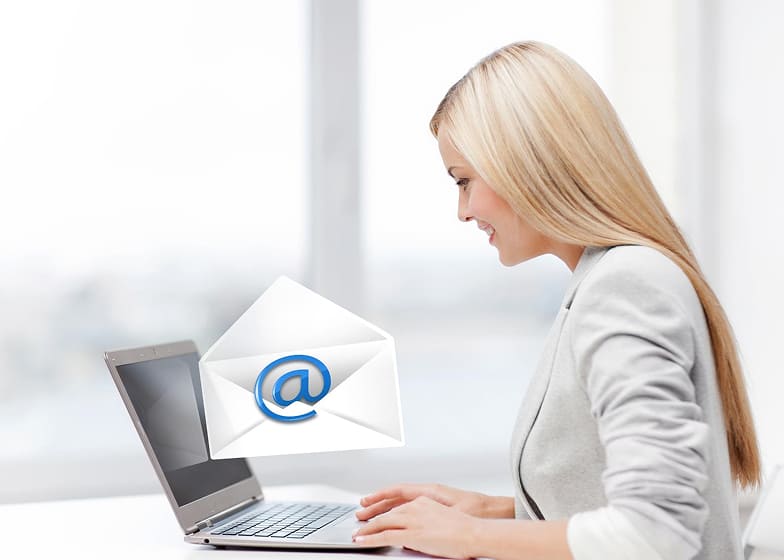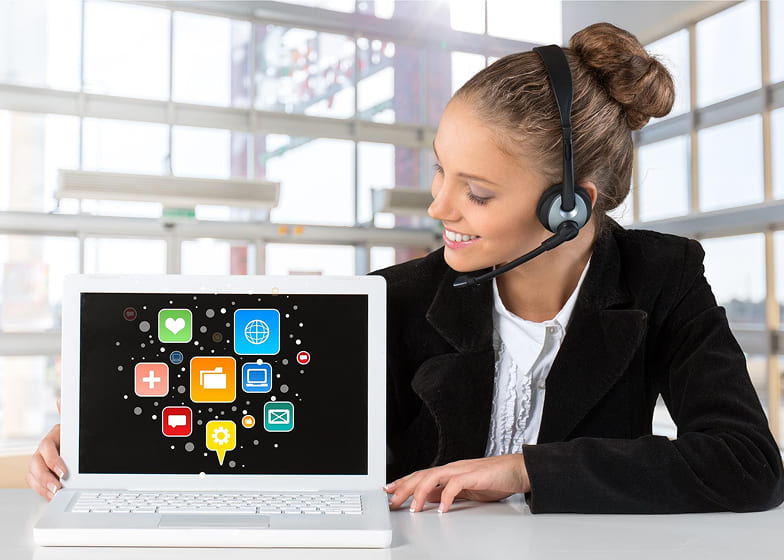Follow-up is one of the most effective tools in building strong customer relationships. It involves reaching out to customers after a purchase, service, or interaction to ensure they are satisfied and their needs are met. A good follow-up shows customers that the business values them, cares about their experience, and is committed to providing excellent service. Consistent follow-up can increase customer loyalty, retention, and even drive repeat sales, creating long-term revenue growth.
There are many ways to follow up with customers, including email, phone calls, SMS or messaging apps, social media, in-app notifications, direct mail, and automated CRM systems. Choosing the right method depends on the customer’s preferences and the type of business. The key is to be consistent, timely, and personalized in all follow-up communication to make a positive impression.
Proper follow-up helps identify and resolve potential issues before they escalate, ensuring customer satisfaction. By actively listening to feedback, addressing concerns, and offering support, businesses can create a strong sense of trust and reliability. Personalized and proactive follow-ups make customers feel valued, which increases their likelihood of returning and recommending the business to others.
Ultimately, the power of follow-up lies in its ability to strengthen customer relationships, improve satisfaction, and drive business growth. By implementing structured follow-up strategies, businesses can turn one-time customers into loyal advocates, increase repeat purchases, and boost long-term revenue while maintaining a positive brand reputation.
What is Follow-Up?
Follow-up is the process of reconnecting with customers after an initial interaction. It could be a quick thank-you message after a purchase, a service feedback request, or a personalized check-in to make sure everything is working well. The goal is to build trust, maintain engagement, and identify opportunities for improvement or upselling. In many industries, consistent follow-up is the difference between a one-time buyer and a loyal, returning customer.
How Many Ways to Take Follow-Up
Follow-up can be implemented through multiple channels depending on customer preferences and business goals. The main methods are:
Email Follow-Up
Email follow-up allows businesses to send personalized or automated messages after interactions, purchases, or inquiries. It is cost-effective, scalable, and helps maintain consistent communication with customers, increasing retention and loyalty.
Phone Call Follow-Up
Phone follow-up involves personal calls to check customer satisfaction, clarify issues, or provide additional support. It builds a strong emotional connection, enhances trust, and is particularly effective for high-value or VIP customers.
SMS / Messaging Follow-Up
This method uses SMS or messaging apps like WhatsApp to deliver quick notifications, reminders, or updates. It ensures instant communication, improves response rates, and keeps customers informed in real time.
Social Media Follow-Up
Social media follow-up involves engaging with customers on platforms such as Facebook, Instagram, LinkedIn, or X (Twitter). It strengthens community engagement, builds brand visibility, and enhances customer loyalty.
In-App / Chat Follow-Up
This approach uses in-app notifications or website chat systems to connect with customers directly. It allows real-time engagement, increases conversions, and can be integrated with AI chatbots for continuous support.
Direct Mail Follow-Up
Direct mail follow-up includes sending physical letters, postcards, or brochures to customers. It provides a personal touch, enhances brand recognition, and is effective for high-value or niche markets.
Automated CRM Follow-Up
CRM-based follow-up uses automation tools to schedule and manage customer interactions. It ensures no customer is forgotten, streamlines communication, and can scale easily for large customer bases.
How to Keep Customers Happy Through Follow-Up
Be Timely
- Reach out soon after a purchase, service, or interaction.
- Prompt follow-up shows customers you care and respect their time.
Personalize Communication
- Use the customer’s name and reference their specific purchase or query.
- Tailored messages make customers feel valued and important.
Listen and Respond
- Ask for feedback and listen carefully to concerns or suggestions.
- Address issues promptly to show commitment to customer satisfaction.
Provide Helpful Information
- Share tips, instructions, or resources related to your product or service.
- Ensures customers get maximum value and reduces frustration.
Offer Support Proactively
- Anticipate potential problems and reach out before they occur.
- Proactive support builds trust and long-term loyalty.
Express Gratitude
- Thank customers for their purchase or feedback.
- Appreciation strengthens relationships and encourages repeat business.
Reward Loyalty
- Offer discounts, special offers, or perks for repeat customers.
- Incentives show you value ongoing engagement and encourage future purchases.
Follow-Up Consistently
- Maintain regular check-ins without being intrusive.
- Consistency reinforces reliability and enhances satisfaction.














